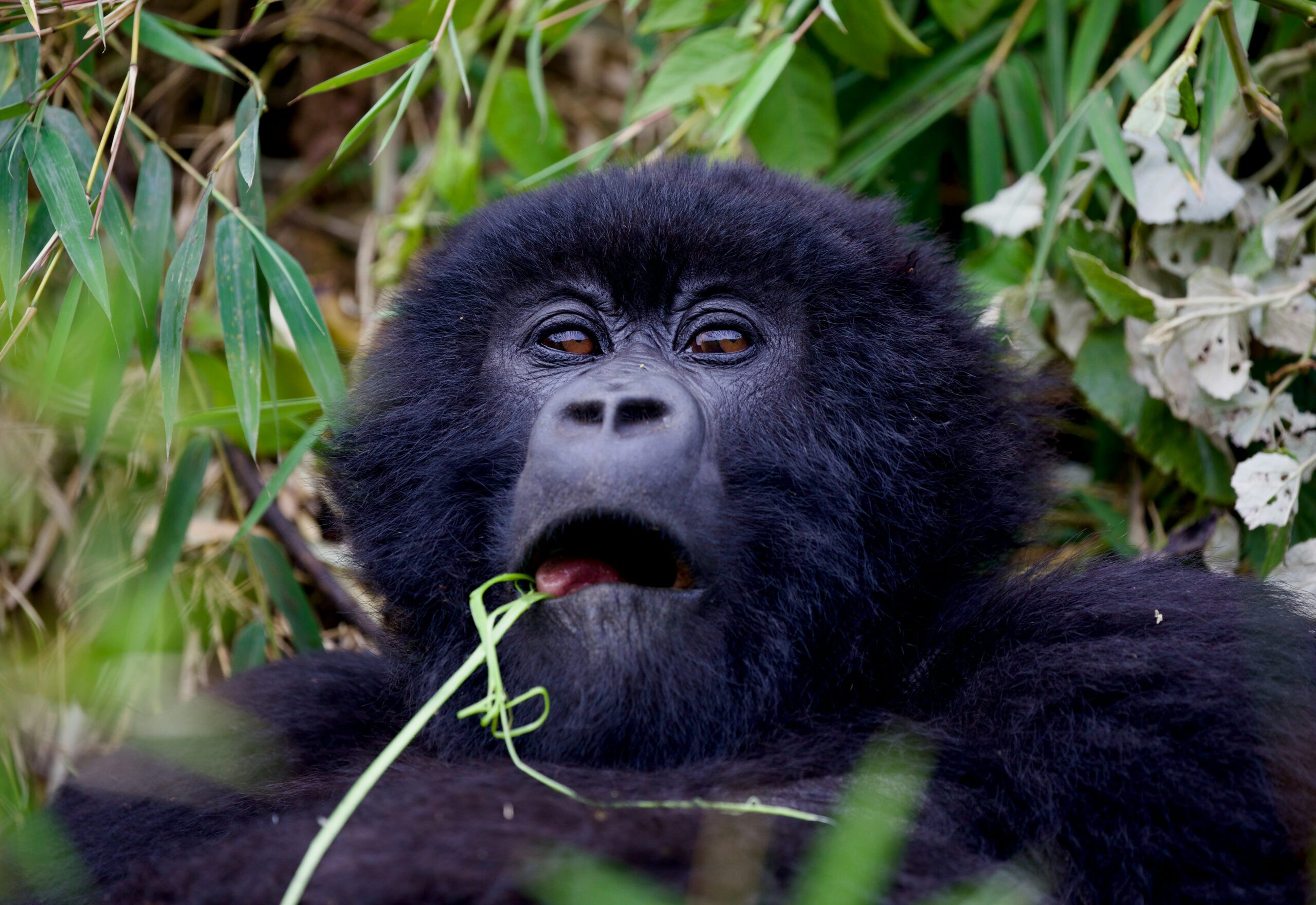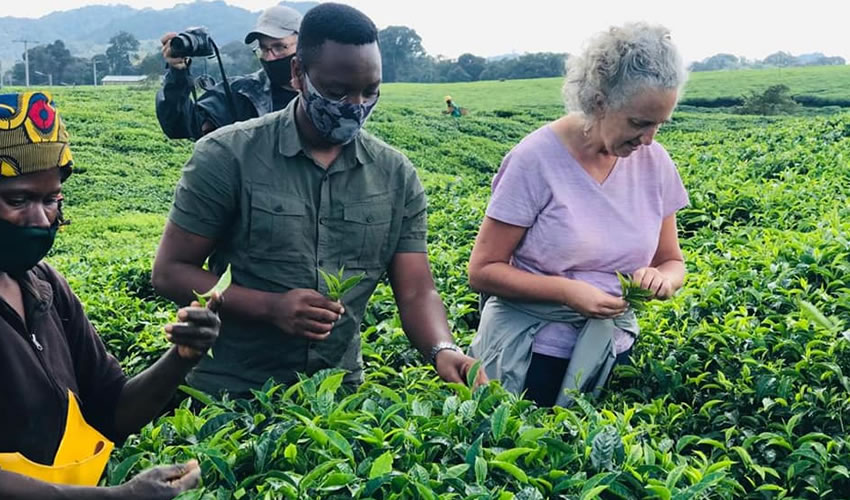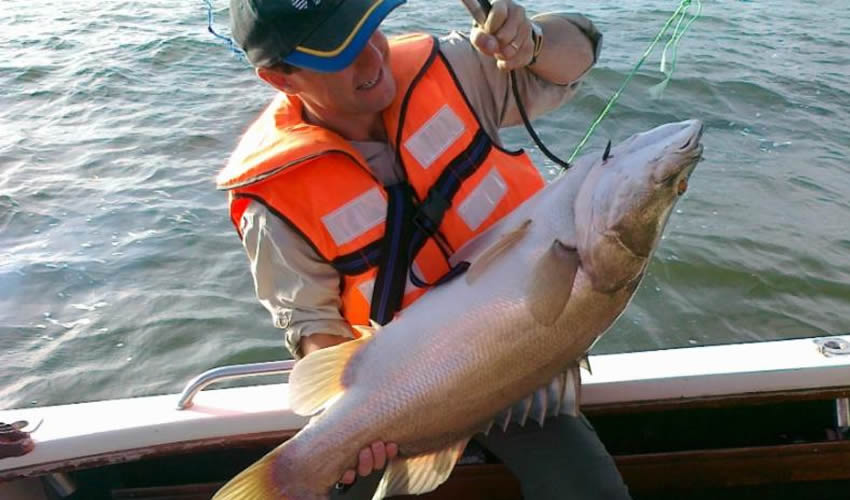Rwanda Gorilla Trekking: Costs and FAQs

A key reason to visit Rwanda is to embark on a gorilla trek, an exciting and for most, once-in-a-lifetime experience. Gorilla trekking takes place in Northern Rwanda, in the Volcanoes National Park, and is open to visitors aged 15 and over.
Gaining an understanding of the costs, conservation, and general do’s and don’ts, can not only enhance your overall gorilla trekking experience but also assist in learning the importance of such an activity to the Rwandan people and their country.
What To Expect On a Gorilla Trekking Experience
When you embark on a Rwanda gorilla trek, you are in for an experience of a lifetime. The option to spend an hour with mountain gorillas in their natural habitat is an adventure unlike any other. You will enjoy a moderate to challenging hike through the Volcanoes National Park, with a chance to see wildlife such as birds and monkeys.
How Many Gorilla Groups Are There to See?
There are 5 fully habituated gorilla groups available to see in the Volcanoes National Park, with a limited number of permits available per day. Group sizes are usually limited to 8 people, to protect the gorillas and their habitat, and are offered on a first-come-first-served basis.
This price includes the following:
- Entrance fee into the Volcanoes National Park
- A guided trek through the Park to locate the gorilla families
- A one-hour encounter with the gorillas when they are located.
Gorilla Permit Costs and Inclusions
As of 2025, the cost of a gorilla trekking permits are as follows:
| International Visitors | USD 1,500 |
| Rwandan Nationals and East African Citizens | USD 200 |
| African Residents and African Citizens | USD 500 |
| International Tourists who are Non-African Citizens traveling in a group of 100 people or more | USD 500 |
** Promotional Pricing noted above is valid until 31 December 2025
Factors Driving Permit Costs and Allocations
Some key factors that are considered when setting the price of gorilla trekking permits include the following:
- Limited Availability – To minimize the impact on gorillas and their habitat, authorities limit the number of daily permits, which drives up the demand and consequently, the prices.
- Park Management – The cost of a gorilla trekking permit helps to cover the maintenance of the Volcanoes National Park. This incorporates the upkeep of trekking trails and other operational costs.
- Specialized Staff – Volcanoes National Park prides itself on providing highly trained guides, knowledgeable trackers, and rangers who are tasked with keeping both tourists and gorillas, safe.
- A significant portion of gorilla permit fees goes to aid conservation efforts conducted by the government and wildlife conservation organizations.
- Proceeds aid in support for local communities, which can range from provision of food, education, and housing assistance.
How to Purchase a Gorilla Trekking Permit
When planning a visit to Rwanda to embark on a gorilla trek, it is important to be fully prepared, with plenty of time to ensure gorilla permits are available for your desired trekking dates. The steps required to purchase a gorilla trekking permit include:
- Plan Ahead – It is important that you book your gorilla trekking experience well in advance, at least six months, to ensure availability. The peak seasons for gorilla trekking are between June and August, and December and February.
- Most gorilla trekking permits will be acquired through a reputable tour operator. When you book your Rwanda trip with us, we will secure your gorilla permits for you. In some cases, a gorilla trekking permit will be purchased through organizations such as the Uganda Wildlife Authority.
- You will provide your preferred trekking dates with the possibility of alternative dates if possible.
- Payment – Once availability has been confirmed, you will be asked to pay for the permit in full. Even if you have an itinerary for future travel dates, the moment your permits are confirmed, full payment will be required. This may be included as part of your overall safari package cost or taken at the time of deposit.
- Confirmation – This will be sent to you once payment has been received. Your permits will be handed to or picked up by your gorilla trekking guide, in time for your trek.
By understanding these factors and following the proper booking procedures, you can secure your spot for this unique and conservation-focused wildlife experience
Budgeting For a Gorilla Trek
You can budget for gorilla trekking by planning well in advance and setting aside the permit costs, so you are ready to pay for your permit in full when that is due. Opting to travel in a group or joining a group tour, can reduce costs through shared expenses for accommodation and transportation. Traveling off-peak will help with your overall travel costs, as you will have better pricing for your accommodation and other excursions.
Accommodation Costs: Factors Affecting Prices and Recommendations
Accommodation options range from budget options coming in around $50 per night, mid-ranged is around $150 to approximately $400 per night, with a luxury lodge option starting from $500 to over $1000 per night. Factors that may affect costs include the location of the lodge, amenities, and the time of year you visit.
Transportation Costs: Ground Transportation and Flights
Most guests will fly into Kigali and transfer by road to the Volcanoes National Park, in a private vehicle, arranged by their tour operator. The pricing of the transfers is included in the overall gorilla trekking and Rwanda visit package, breaking down to an average of around $200 per day. Food is included with beverages as an optional extra, ranging from $10 to $30 or more, depending on what you are drinking.
Frequently Asked Questions
- What is the best time of year to go gorilla trekking in Rwanda?
This is best in the dry seasons, between June and August and December and February.
- How difficult is the hike to the gorillas?
This ranges depending on where the family of gorillas is located. While the distances are short, the terrain can be steep in some areas. Treks can be moderate to challenging.
- Can I touch or feed the gorillas?
No, you cannot touch the gorillas or feed them. You will observe them from a distance.
- What should I wear and bring on the hike?
Comfortable walking shoes, long pants, and long-sleeve shirts are recommended. A backpack with water and snacks should be taken on your hike. You will have a porter who will carry the backpack for you and assist you along the trail.
- Can I get a refund or cancellation if I am unable to go on the trek?
Unfortunately, unused gorilla permits are non-refundable. The proceeds go to ensuring the upkeep of the gorillas and their natural habitat, as well as aiding local communities.
- What do I tip my guide and porter on my Gorilla Trek?
Tipping is discretionary, however, the average tip would be between $10 – $15 per person for your guide and $5 – $10 per person for your porter.


